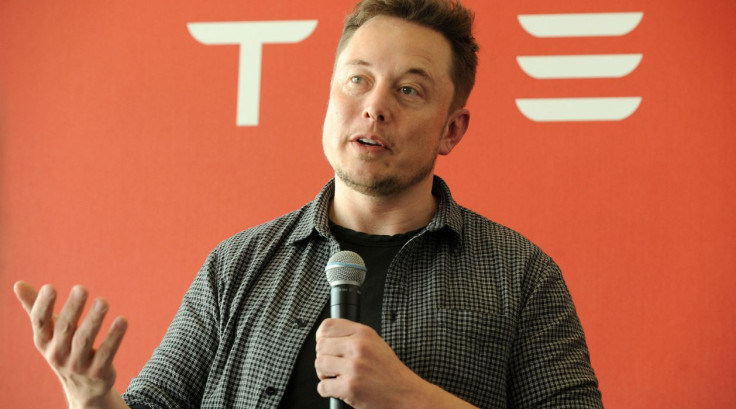Tech titans kickstart projects to fuse human and artificial intelligence

The surging interest of tech titans and entrepreneurs like Elon Musk and Bryan Johnson for neuroscience, particularly brain-computer interfaces, has ignited the public’s attention.
When it was announced in March that Elon Musk has launched Neuralink -- a venture to merge the human brain with AI -- it was met with mixed reactions from netizens. While some acknowledged that the brain-computer interface movement is gaining traction and is the way of the future, others were incredulous.
The Galactic Public Archives, which highlights technologies and concepts likely to be prominent in the future, posted a video on the basic mechanisms of brain to machine interface. Indeed, now is a good time as any to show special interest on what the brain is capable of doing.
As Silicon Valley stalwarts get into the brain interface game, some neuroscientists have underscored that interfacing with the brain is more complex than it may seem. It is one area of study that takes time.
Notwithstanding the tech and entrepreneur-billionaires’ optimism, there are details that may be glossed over. "We are far away from meaningfully understanding the brain," Northwestern University neuroscientist Konrad Kording stated in an interview recently featured in MIT Technology Review.
Startups get into neuroscience
In 2016 startup firm Kernel was established by Johnson. He announced in October his US$100 million (AU$132.82 million) commitment to his company to improve human intelligence. He believes that human intelligence plus artificial intelligence equals a better future for humankind.
One of its goals is to create a neuroprosthetic device that can help improve the brain's functionS. The approach is to utilise an implantable device.
Kernel has acknowledged that it will take years of medical research to better comprehend the workings of the human brain and devise new techniques, software methods and implant devices.
US government’s brain project
The government sector also happens to have a brain project. The US Defense Advanced Research Projects agency (DARPA) recently disclosed US$60 million (AU$79.64 million) worth of contracts under a program aiming to devise a high-fidelity brain interface.
In other news, a year ago, a couple of companies based in San Diego – Qusp and Cognionics – began work on a 64-channel headset that will pave the way for less invasive, portable electroencephalograms (EEGs). These initiatives have been aided by a DARPA grant.
Until such time when more sophisticated technology can be developed, devices like a modern headset paired with interactive apps that can do analyses of changes in the brain may be utilised to monitor and alleviate psychological or cognitive disorders.
Silicon Valley gets into the brain interface game. Featuring many SynthNeuro alumni as key players. https://t.co/qesqRXmkJl
— Ed Boyden (@eboyden3) March 16, 2017





















